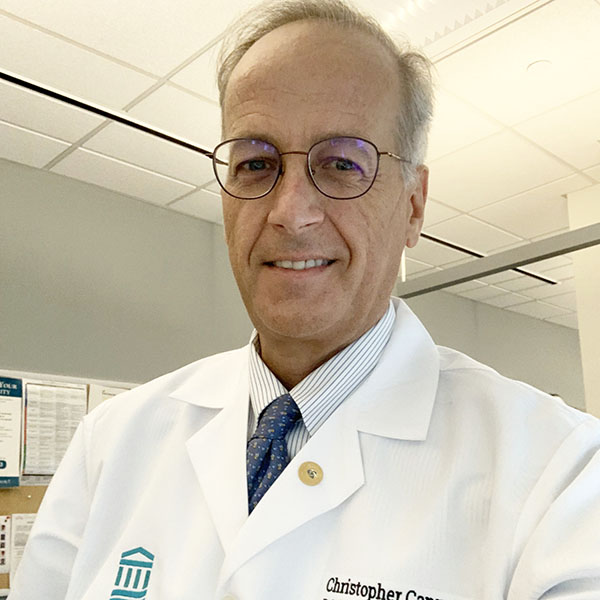Different types of rapid heart rhythms
Ask the doctor
 Q.
What is the difference between atrial fibrillation and supraventricular tachycardia?
Q.
What is the difference between atrial fibrillation and supraventricular tachycardia?
A. While both conditions are rapid, abnormal heart rhythms that originate in the upper part of the heart, they tend to develop at different ages, and they require different treatments. Atrial fibrillation (afib) is more common and affects mostly people ages 65 and older. Supraventricular tachycardia (SVT) can strike at any age — even in young children — but the average age of diagnosis is 45.
Afib is a rapid, chaotic heart rhythm triggered by errant electrical signals in the heart's upper left chamber (atrium). These signals fire in an irregular pattern over 300 times per minute, causing the atria to quiver rather than beat normally. The heart's lower chambers (ventricles) also beat irregularly. The ventricles may not have time to fill and pump blood to the body, which can lead to breathlessness and fatigue.
People with afib may need medications that help slow down the heart. They may also need anti-clotting medication to prevent clots from forming in the atria, which can occur when blood stagnates due to the atria's lack of normal movement. If a clot escapes the heart, it can travel to the brain and cause a stroke.
With SVT, the errant electrical signal comes from above (supra) the ventricles — either in the left or right atrium or, more often, in the atrioventricular node between the atria and ventricles (see illustration). These abnormal signals override the normal signal, creating a series of fast heartbeats (tachycardia).
These fast rhythms are regular and cause both the atria and ventricles to beat very rapidly — as much as 200 beats per minute. If SVT lasts just a few seconds, people say it feels as though their heart is flip-flopping or fluttering in their chest. But if lasts for more than a few minutes, sometimes the heart doesn't have time to fill completely. Just as with afib, the resulting decrease in blood flow to the body and brain can cause a person to feel breathless, dizzy, or lightheaded. Treatments include simple tricks to slow the heart (like coughing or gagging), medications, and ablation procedures.
If you feel a prolonged fluttering sensation in your chest or a rapid, irregular heartbeat, check with your doctor. Physicians usually order a patch monitor that records the heart's electric activity (an electrocardiogram, or ECG) for two to four weeks. Certain smart watches that can record a brief ECG may be able to detect afib; they can also save the record, which you can share with your doctor. Both of these devices are helpful tools to help distinguish between SVT and afib.
Illustration by Scott Leighton
About the Author

Christopher P. Cannon, MD, Editor in Chief, Harvard Heart Letter; Editorial Advisory Board Member, Harvard Health Publishing
Disclaimer:
As a service to our readers, Harvard Health Publishing provides access to our library of archived content. Please note the date of last review or update on all articles.
No content on this site, regardless of date, should ever be used as a substitute for direct medical advice from your doctor or other qualified clinician.
















